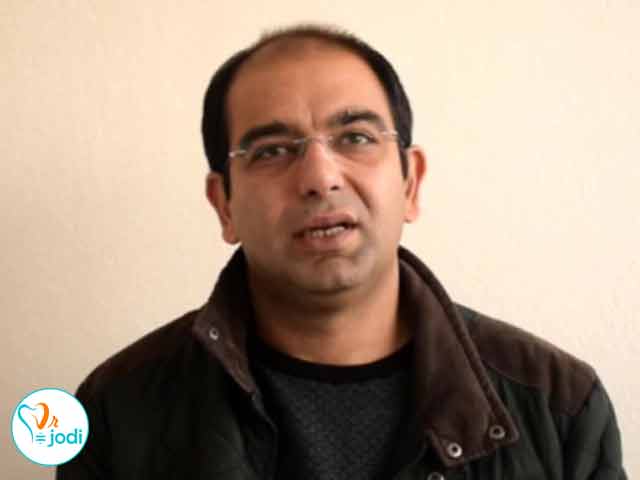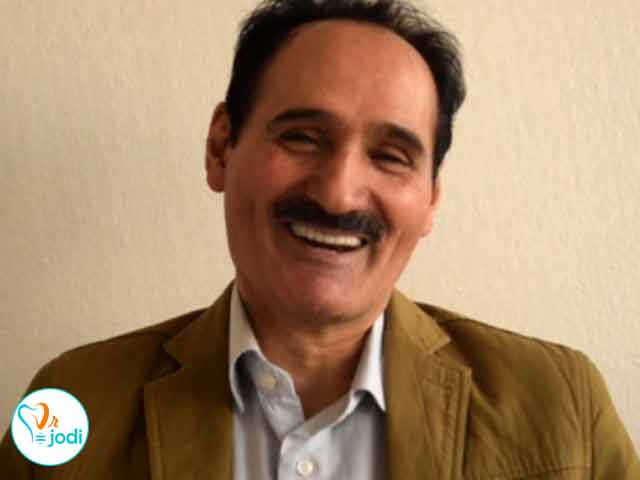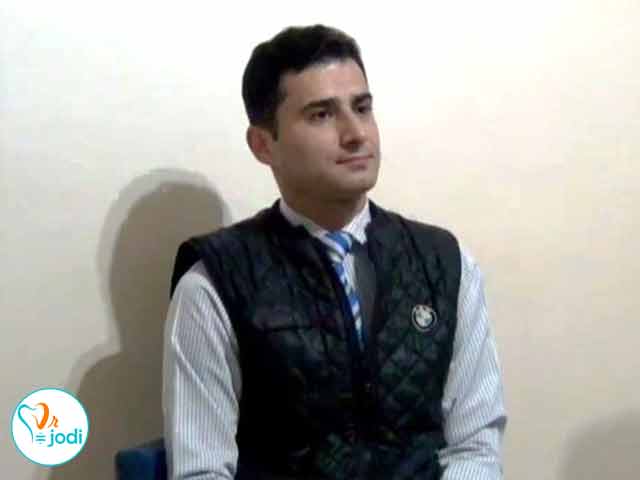dental implants

Replacing a tooth in the past was a little distant. When artificial teeth came into the market, patients could only use a plastic tooth-shaped mold for their missing teeth. But in cases where a person just lost one of his teeth, this method was unused. Over time, with the advances made in beauty dentistry, a new method for this treatment, called dental implantation or dental implant, was invented.

Replacing a tooth in the past was a little distant. When artificial teeth came into the market, patients could only use a plastic tooth-shaped mold for their missing teeth. But in cases where a person just lost one of his teeth, this method was unused. Over time, with the advances made in beauty dentistry, a new method for this treatment, called dental implantation or dental implant, was invented.

In the implantation of a tooth is a narrow pin type that is made up of pure titanium. This titanium base is inserted into the patient's gum and bonded to the jaw bone. In a way that over time during treatment, it becomes one of the body's parts of the patient. The amount of time that is estimated for intradermal dentition is between one to three months. During this time, the implant must be welded and part of the jaw bone.
A dental implant is made in different shapes based on the patient's condition and the structure of the jaw and gum. Based on the manufacturer's country, there are a variety of Korean, American, German, Swiss and other implants. In terms of material and material, only titanium is used to make the implant, because it is resistant to acid and salt and oxygen compounds, and because of its non-magnetic properties, it does not notice any complication to the patient.
When one or more old teeth are gone and the teeth are natural and healthy, the implantation or implantation of the tooth is the best way to repair and repair. With the implantation of a tooth, an empty tooth is filled, and on the other hand, the distance between the other teeth can be eliminated and the new and healthy teeth delivered to the patient.
There are several ways to do this:
1. The use of a bridge of three units, in which two healthy teeth are removed, and then other teeth are planted instead.
2. The use of bridges that stick to the side teeth, but its life is limited.
3. The use of bridges that only replace the crown of the tooth and the root of the tooth remains intact. In this case, the force from the chewing will not be transferred to the lower bone, and thus the durability and lifetime of the bridges will be greater.
Also, when one or more teeth fall from the end of each tooth arch and only one side of the tooth is normal, the use of in-planting is appropriate and reasonable. Because the fall of the toothpick behind the dental arches that are responsible for chewing food can damage other teeth.
In addition, the remaining teeth move to the empty space, and as a result, the gap between them increases. To remove this problem, implants can be used as the second-base bridge teeth.

People who viewed this page also visited:
What are the dental implant treatment stages?
Implant Professional Center in Tehran
The best implant expert in Tehran
The best implant center in Tehran
What is immediate loading of dental implants?
Implant problems and implications
Force direction and its relationship with the implant body design
Unsuitable cases for dental implant
The geometry of the implant and its relationship with occlusal forces
The relationship of the implant body and functional surface














